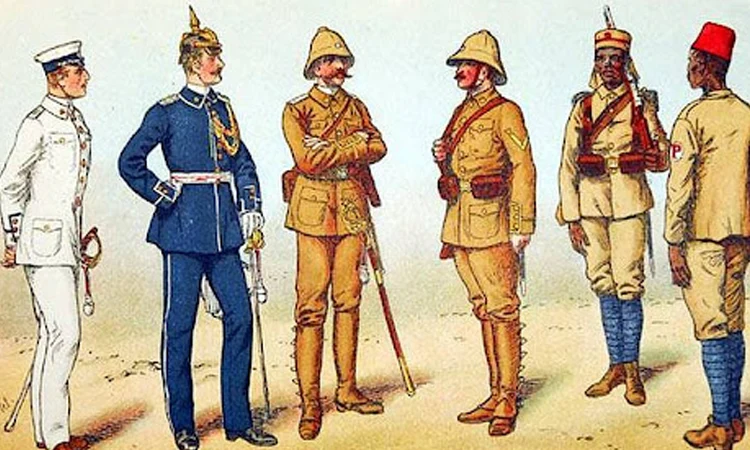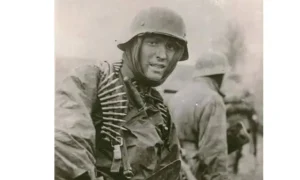There’s just something about a German WW1 uniform that screams iconic, right? Maybe it’s that moody Feldgrau (which, let’s be honest, is just military speak for “grim gray”), the razor edged collars, or yeah, that wild spiked Pickelhaube helmet that looks like it wandered out of a heavy metal album cover. But seriously these weren’t just clothes. They were like, the battle armor of a whole empire trying to look scary and unbreakable while the world around them was basically melting down.
You look at 1914 everything’s shiny, officers strutting around looking like they just stepped out of a parade. Fast forward a few miserable years, and suddenly it’s all about “how do we not die in this mud pit?” The fabrics get rougher (and probably itchier, let’s be real), helmets morph from fashion statements into literal lifesavers, and all the little badges and insignia start screaming “no nonsense.” It’s all a reaction to the absolute chaos of industrial war.
Whether you’re the type who hoards medal pins, likes to run around in reenactments, or you just fell down a history rabbit hole on a Sunday afternoon, digging into WW1 German uniforms drops you smack into one of the wildest eras for military fashion. So yeah, let’s not just nerd out about the buttons or the boots. Let’s actually peel back what made these things so weirdly distinct, brutally practical, and honestly kinda legendary.
From Pickelhaube to Stahlhelm The Uniform Shift of a Nation at War
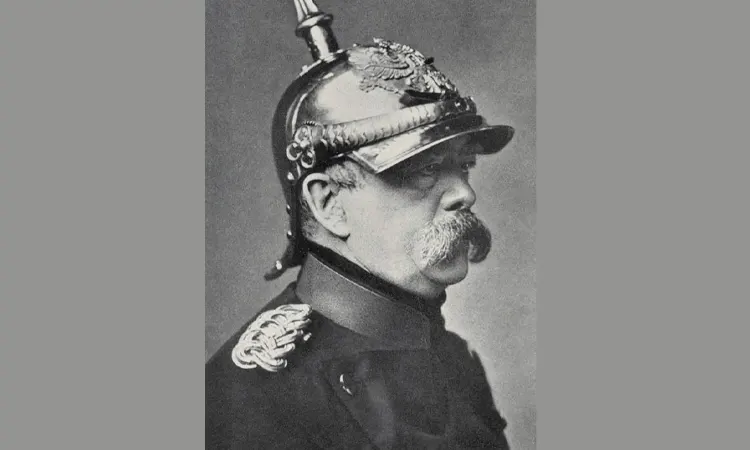
Alright, picture this: It’s 1914, and German soldiers are strutting off to war looking like they’re headed for a military fashion show, not the trenches. We’re talking snazzy wool tunics, shiny leather Pickelhaube helmets with those ridiculous brass spikes honestly, they’re more cosplay than combat gear. The whole vibe screamed, “Hey, look at our empire!” which, let’s be real, didn’t exactly hold up once bullets started flying.
That Pickelhaube? Yeah, it looked cool in parades, but in a muddy trench with shrapnel zipping around, it was about as useful as a chocolate teapot. Turns out, style points don’t stop head wounds. By 1916, the Germans finally had a “wait, maybe we need something practical” moment and rolled out the Stahlhelm the OG steel helmet that basically set the standard for military headgear for the rest of forever. Suddenly, soldiers went from looking like parade marshals to, well, actual survivors.
And the tunics? Early on, they were all crisp lines and colorful trims, buttons shining like they’d just come out of a jewelry store. Fast-forward a couple years, and, thanks to supply headaches and the absolute nightmare that was trench life, those uniforms got a serious downgrade. Out went the fancy stuff, in came rougher wool and a no-nonsense, “let’s not freeze to death” attitude.
This wasn’t just a makeover it was a whole vibe shift. The uniforms went from imperial peacocking to something way more raw and grimy, mirroring how World War I basically chewed up and spat out the old ways of fighting. The look got darker, tougher, and, honestly, a lot more honest about what soldiers were actually living through out there in the muck.
Uniform Types: Infantry, Cavalry, Jägers and Bavarian Variants
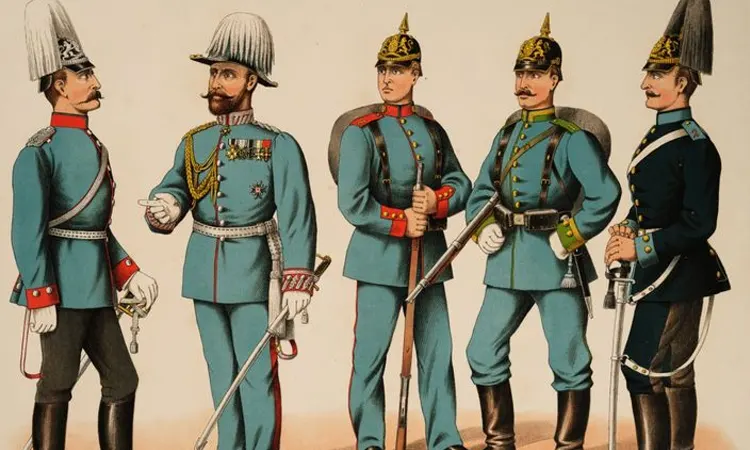
Okay, forget those old war movies with everyone in matching pointy helmets that’s pure Hollywood nonsense. The German army during WW1? Yeah, it was more like a weird fashion show run by a committee where nobody agreed on the dress code. Seriously, the “uniform” situation was all over the place, thanks to the patchwork of kingdoms and duchies mashed together under one flag. Sure, Berlin tried to boss everyone around with official rules, but local styles and stubborn pride kept things spicy.
Infantry (Heer)
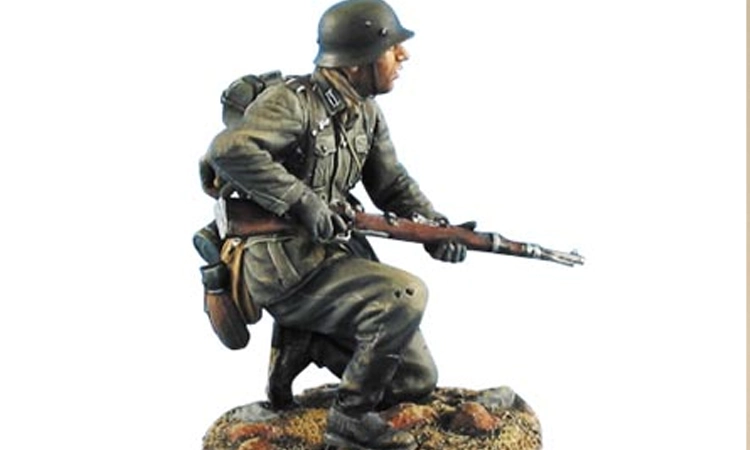
So, your regular German grunt rocked the M1907/10 Feldrock a grayish tunic with red trim and those regimental numbers on the shoulders. At first, they all wore those spiky Pickelhaube helmets (yes, the ones that look like they’d poke your eye out), but by 1916, the cooler, way more practical Stahlhelm took over. Gear wise? Leather ammo pouches, scratchy wool trousers, and the kind of jackboots you’d see in every bad villain montage.
Cavalry (Uhlans, Hussars, Dragoons)
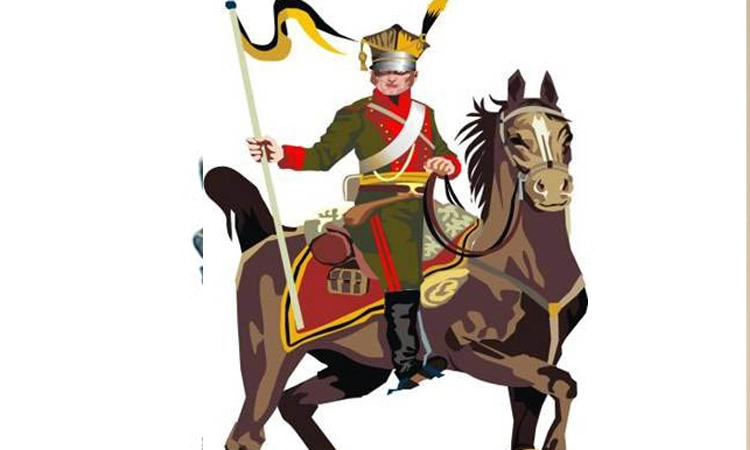
Now, the cavalry these guys went full peacock mode. Picture feathers, braids, fur, and shiny buttons everywhere. The Uhlans had those wild czapka helmets, Hussars looked like they’d wandered out of a Napoleonic costume party, and Dragoons just tried to keep up. But honestly, once tanks and trenches became the vibe, all that fancy stuff was chucked in the closet, and they ended up trudging around like everyone else.
Jägers & Mountain Troops
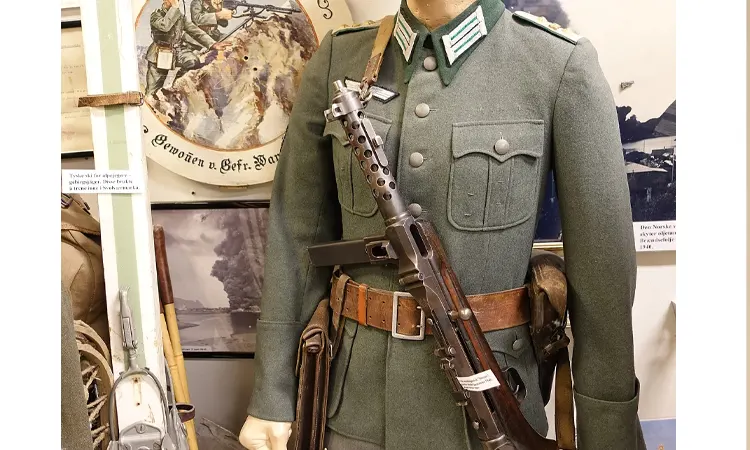
Jägers those are your light infantry and mountain dudes wanted to stand out. Their uniforms were darker, sometimes with black and green touches, and early on, they wore these tall shakos before switching to the steel helmet club. Their shoulder bits and collar tabs came in special “Waffenfarbe” colors like, you’d see a flash of dark green and know you were looking at a Jäger.
Bavarian Army
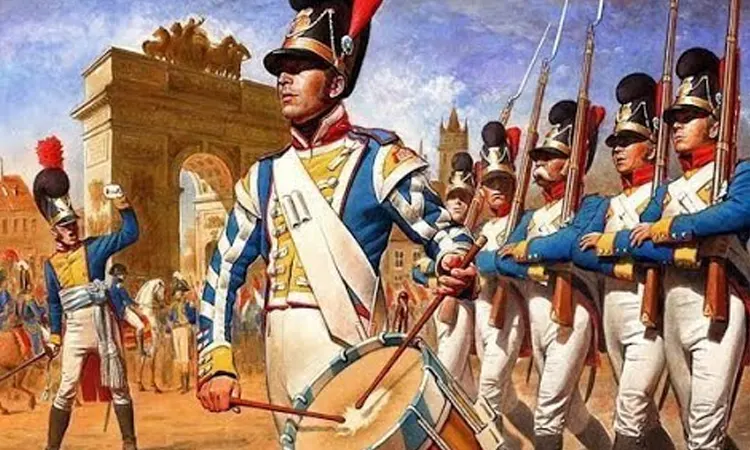
Bavarians? Oh, they played by their own rules. Officially part of the Imperial army but with their uniforms, which usually had this blue gray thing going on, rounded cuffs, and sometimes white trim. Bonus points for the buttons stamped with a crowned “L” a shoutout to King Ludwig III. If you spotted that, you knew you had a Bavarian in front of you not just another Prussian copycat.
Key Visual Features That Define a German WW1 Uniform
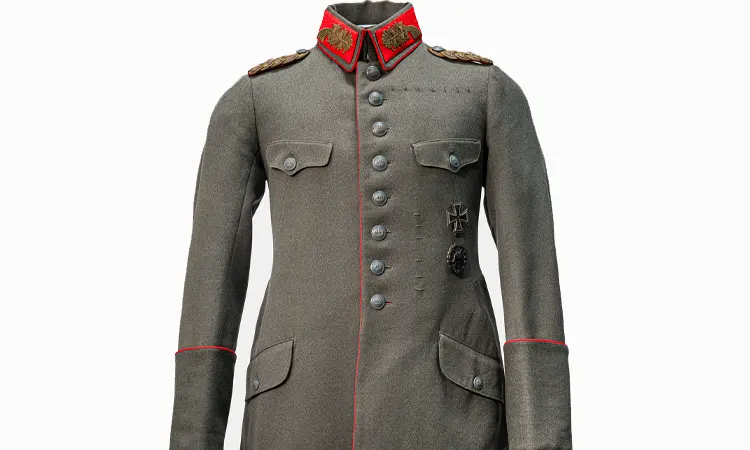
Alright, let’s get into the nitty gritty of what actually makes WW1 German uniforms pop and what kind of stuff makes collectors go all heart-eyes.
Tunic (Feldrock):
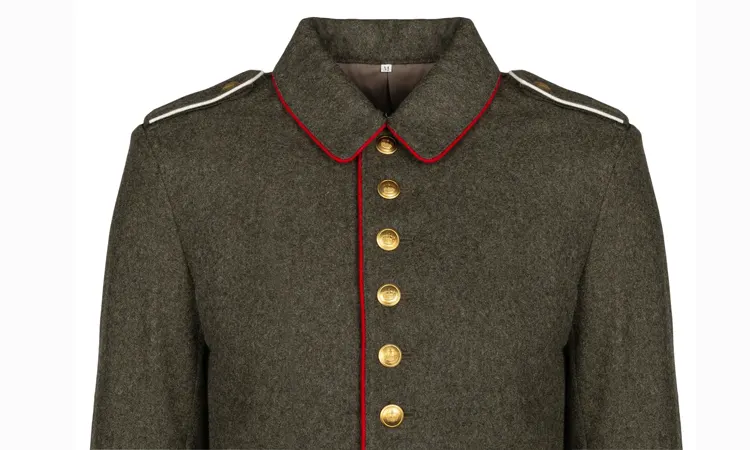
Wool, obviously. You’ve got that high, stiff collar like it’s trying to keep secrets. Early versions? Decked out with red piping and fancy stitching that basically screamed, “Look at me!” Later on, they ditched the bling for a more “let’s survive this mud” vibe. Simpler, tougher, less frilly.
Helmets:

Ah, the drama. First, that iconic Pickelhaube with the spike a total fashion statement, honestly. Then, by 1916, they switch gears to the M16/M17/M18 Stahlhelm. If helmets could talk, these ones would have stories about trench nightmares and shifting battle lines.
Shoulder Boards & Insignia:
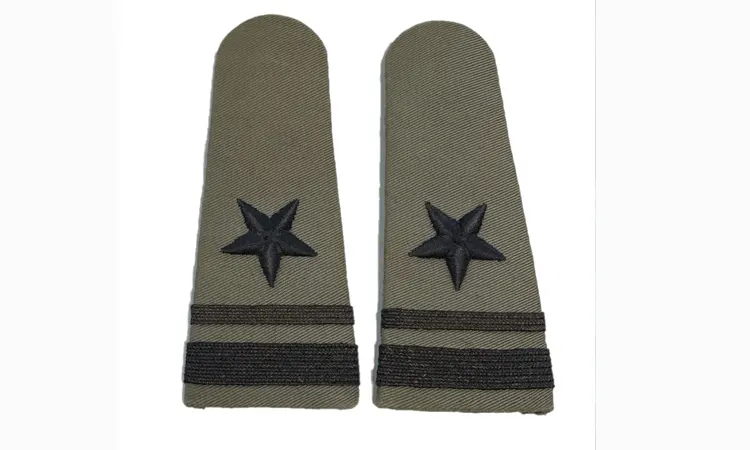
This is where you get the military bling rank, regiment, and home province all coded in colored borders (Waffenfarbe), woven straps, and sometimes these little metal numerals. It’s like a secret handshake, but on your shoulders.
Buttons & Stitching:
Real-deal uniforms rocked stamped brass or steel buttons usually showing off Prussian or Bavarian pride. And if you flip the tunic inside-out, the stitching and lining can straight-up snitch if it’s authentic or some cheap knockoff.
Belt Buckles:
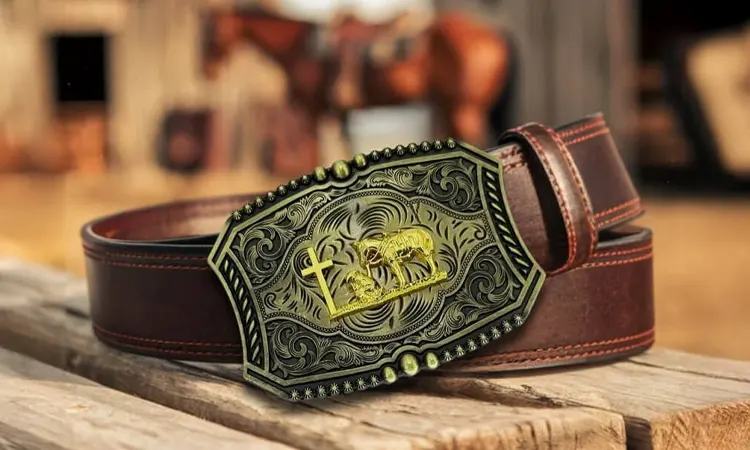
“Gott mit uns” (“God with us”) stamped across the buckle classic. But, plot twist: the design tweaks depending on the unit or state. So, yeah, even belt buckles get political.
German WW1 Uniform Evolution: Early vs. Late-War Gear Breakdown
| Component | Early-War Version | Late-War Evolution |
|---|---|---|
| Helmet | Pickelhaube (Leather, Spiked) | Stahlhelm M1916–M1918 (Steel) |
| Tunic (Feldrock) | M1907/10 with Red Piping | Simplified wool, muted trim |
| Boots | Jackboots (Knee-High Leather) | Ankle boots + Wool puttees |
| Belt Buckle | “Gott mit uns” with State Crest | Same motto, regional tweaks |
| Shoulder Boards | Bright Waffenfarbe trims | Muted or simplified by necessity |
Helmet Evolution: From Pickelhaube to the Iron Skull
Alright, so picture a WW1 German soldier. What’s the first thing that pops into your brain? Either that spiky leather Pickelhaube (yeah, the one that looks like it belongs in a steampunk parade) or the hardcore Stahlhelm, right? Those helmets weren’t just for looks they basically screamed, “Hey, here’s what phase of the war we’re in!”
The Pickelhaube (Before 1916)
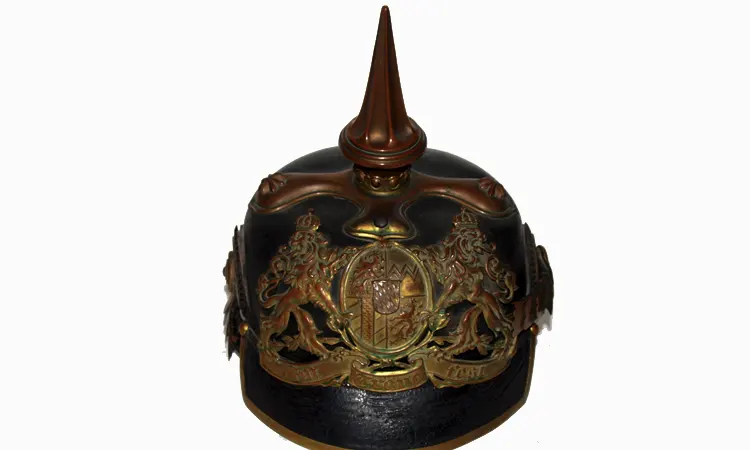
So, at the start, German troops were rocking the Pickelhaube. It’s made of boiled leather and no, not exactly armor material plus a bunch of shiny brass or silver bling. It was originally designed way back in the 1800s, so think more “marching band chic” than “bulletproof.” It looked awesome with all those regimental badges and whatnot, but honestly, in the trenches? Total fail. Mud, shrapnel, bullets leather doesn’t stand a chance. And that spike? Made you look taller and, unfortunately, easier to spot. Not ideal when people are literally shooting at you. Eventually, guys started tossing a cloth cover on it or just yanking the spike off. Survival > style, every time.
The Stahlhelm (1916 Onwards)
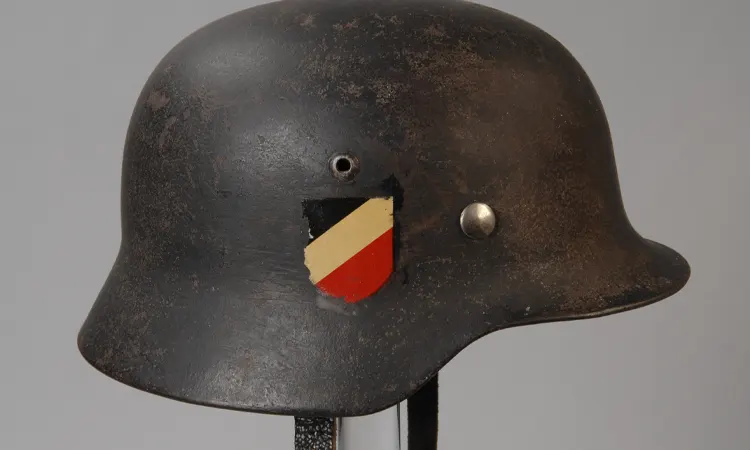
Then, boom 1916 hits, and Germany rolls out the Stahlhelm (which, yeah, literally means “steel helmet”). This was the M1916 model, and it was a legit game changer. Thick steel, all business, covers your dome and even your neck. It gave the wearer this menacing, instantly recognizable silhouette. You see that shape and you just know trouble’s coming. Later models (like the M1917 and M1918) got tweaked for easier mass production liners switched up, stuff like that but the vibe stayed the same. These helmets weren’t just practical; they freaked out the enemy. Mechanical, cold, tough as nails.
Symbolism and Legacy
So here’s the thing: the Pickelhaube basically screams old-school royalty and pageantry, while the Stahlhelm is all about the industrial, no-nonsense side of warfare. That’s why, nowadays, when people imagine a German WW1 soldier, it’s usually not some dude in a ceremonial getup it’s that steely helmet, staring you down like a tank with a bad attitude.
If you’re into collecting, every helmet’s like a little historical mystery. Check for cool stuff like maker’s marks, the type of liner inside, even dents and rust from the battlefield. A pristine M1916 with its original paint? Honestly, you’re not just holding a helmet you’re holding a piece of history that’s survived hell and back.
Field Gear & Accessories – From Leather to the Last Button
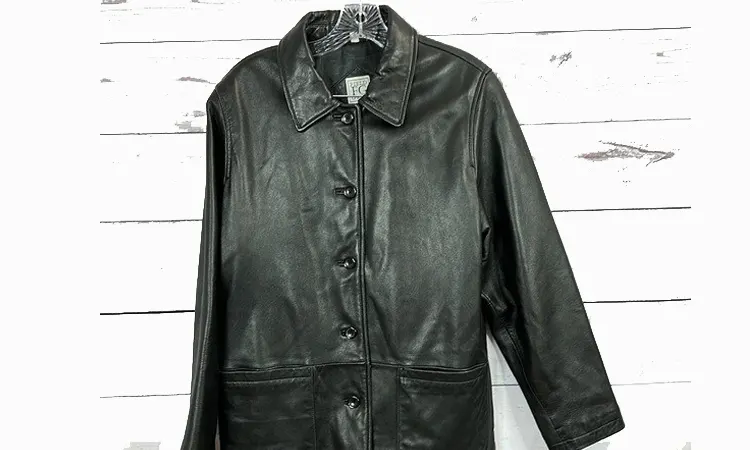
Man, a German WW1 uniform wasn’t just about the look it was everything strapped, buckled, and tied onto it. You think about those heavy leather boots, probably still caked with a century old mud if you’re lucky enough to find ‘em at a flea market. Even the dented canteen dangling off a battered belt tells a story. All that gear? Not just for show. Every piece had a job, and now, collectors go nuts over this stuff because it’s like holding a chunk of battlefield history in your hands.
Let’s talk boots. Early on, they had these tall leather jackboots super iconic, but as the war dragged on and leather got scarce, soldiers switched over to ankle boots. Not as cool-looking, maybe, but they wrapped their calves tight with wool puttees for some warmth and a bit more support. I bet those things itched like hell in the summer.
Now, the belt buckle if you’ve seen one, you know the “Gott mit uns” stamped right on it. Basically, “God with us.” National motto, but you’d see some buckles with different crests, depending on the soldier’s home state. Little flex of local pride, I guess.
Ammunition pouches? Sturdy as heck, made from black or brown leather, always two of them riding up front. If you were a rifleman, you had these. No way around it.
Then there’s the Tornister backpack. Honestly, not winning any beauty contests just a big, square, rough canvas or cowhide box with straps. But it carried everything: rations, spare socks, maybe a letter from home. You find one with hand-stitched repairs, and you know someone really depended on it.
Mess kit and canteen no frills, just practical metal. Sometimes you’ll spot regimental numbers or a scratched-in soldier’s initials. Little personal touches in the middle of chaos.
Bayonet and frog (that’s the leather holder, by the way), always strapped to the belt on the left. Not just for fighting more like a badge that says, “Yeah, I’m ready.” The frog’s design could change depending on where you were from or what unit you got stuck with.
Honestly, if you’re into collecting, these scraps of gear are where the real stories hide. A backpack with clumsy stitches, a buckle still gritty with old trench dirt these aren’t just museum pieces. They’re like silent witnesses, hanging on to memories nobody wrote down. That’s the stuff that gives you goosebumps.
Why German WW1 Uniforms Still Matter

To me, a WW1 German uniform is way more than just some crusty old jacket with shiny buttons slapped on. It’s a piece of someone’s life like, who even wore this thing? Did they freeze their butt off in the trenches? Did they make it home? Every patch, every weird stain, even that one frayed cuff, it’s all whispering war stories if you actually pay attention.
German uniforms from that era? Total game-changers. You can literally see the shift from all that old-school, parade-ground showiness to “let’s not die out here” practicality. The Pickelhaube helmet yeah, that spiky thing pretty much screams “old world,” while the muddy Feldgrau jackets are all about surviving hell on earth.
Collectors go nuts over these details. I mean, tracking down original insignia or those colored piping strips (Waffenfarbe, if you wanna get nerdy) is like treasure hunting. These pieces get passed around, traded, hoarded, and sometimes, miraculously, dug up in someone’s attic.
Historians? They’re obsessed for a reason. There’s so much baked into these clothes how the army worked, what tech they tried out, even the weird little regional quirks. And, let’s be real, for reenactors and teachers, nothing beats throwing on a real-deal tunic and helmet. You can’t get that from a PowerPoint.
So yeah, next time you see some dusty M16 helmet or faded Feldgrau coat, don’t just think, “Hey, cool cosplay.” There’s a whole saga stitched in there discipline, identity, a world that got blown to bits and had to rebuild from the ground up. And honestly, that’s pretty wild.
Final Thoughts
WW1 German uniforms? Man, those aren’t just dusty souvenirs they’re straight up wearable history books. You’ve got the early-war stuff, all snazzy and parade ready, then you blink and suddenly it’s mud caked trench coats and helmets dented by who-knows-what. Every button, every faded insignia… it all screams, “I’ve seen things.” You can almost smell the damp wool and gun oil, if you try hard enough.
Here’s the wild part: these uniforms basically chart the whole messy evolution of the war. At first, it’s all about looking sharp and sticking to tradition. Then, the brutal reality of the trenches hits, and suddenly it’s, “Forget fancy, just keep me alive.” Form chucks deuces to function, and everything changes. Not gonna lie, if you’re a collector, a history nerd, or someone who just likes cool old stuff, diving into Feldgrau and Stahlhelm territory is addictive. Feels like cracking open a sealed time capsule except this one’s got stories stitched right in.
Now, finding the real deal? Good luck. Most of it’s either hidden away in museums or fakes floating around online. That’s literally why Miltrade exists so people who actually care (not just eBay flippers) can track down legit uniforms and gear from WWI and WWII. Whether you wanna buy, sell, or just geek out and learn, Miltrade hooks you up with real-deal items, not knock-offs. All from sources you don’t have to side-eye.
Honestly, history isn’t meant to just sit behind glass. It should be handled, studied, even worn—yeah, go ahead, try it on if it fits. Let’s keep this legacy alive, one uniform at a time.
Check out what’s up for grabs or throw your own finds into the mix at Miltrade.com.
History’s not gonna preserve itself.
FAQs
What sets an original WW1 German uniform apart from a replica?
If you’ve had the pleasure of working on an original, you’d know. The wool is rough, the stitching uneven, and there’s a scent you can’t imitate. Look at the liner, inspect the patina. Miltrade offers guides and listings that help you tell the real thing from parade fake cosplay.
How did German uniforms change throughout the war?
It’s insane. They went from fashionable with red accents and polished buttons to “don’t freeze or get shot” mode. By 1916, they were in survival of the strongest mode and the uniforms are evidence of that change, head to helmet.
Why do collectors go so insane over these uniforms?
Because they tell a story. Each belt buckle or emblem means something. Some collectors look years for one example. And of course Miltrade’s community is where those finds surface.
Were WW1 German soldiers all dressed alike?
Not even close. Bavarians had their own, Jägers had their own, and cavalrymen looked like parade floats before the mud arrived. Miltrade’s articles help decipher the differences.
Is it possible to still buy original WW1 German gear today?
You can if you know where to look. Miltrade often sells original Feldgrau coats, original buckles, and wartime damaged helmets on a regular basis. It’s not so much about things it’s about the legacy you can own.
